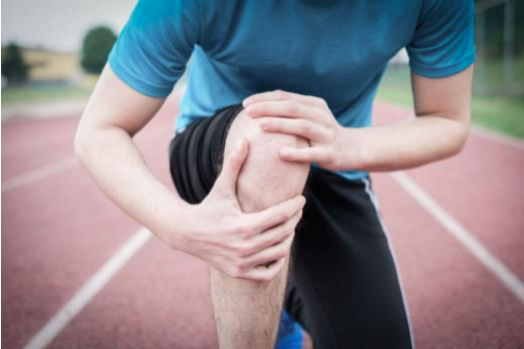
Physiotherapy is a branch of medical science that focuses on the treatment, rehabilitation, and prevention of various physical problrms through the use of divers technigues. One condition that can be addressed by physiotherapist is jumpers knee or pateller tendinopathy. In this article, we will explore the existence of physiotherapy in managing jumper knee and the importance of its role in patient recovery.
What is Jumper Knee?
Jumper knee is an injury condition that occurs in the pateller tendon, wich connects the kneecap (patella) to the shinbone (tibia). This injury is commonly caused by sports activities involving repetitive jumping and landing mevements, such as basketball or volleyball. In jumper knee, the patellar tendon experience inflammation and pain, which can limit movement and athlete performance. Jumper knee is typlaclly caused by repetitive stress and strain on the patellar tendon. several factors contribute to its development, including:
- Overuse: Repetitive jumping and landing action, such us in baskelball or volleyball. can place excerssive strain on the patellar tendon, leading to microtears and pain.
- Poor Technique: Improper landing mechanics, such as landing with a straight or excessively forward-leaning knee, can increase the pressure on the patellae tendon.
- Muscle Imbalance: Weakness or tightness in the muscles surrounding the knee, such us the quadriceps and hamstrings, can alter the biomechanics of the knee joint, placing greater on the patellar tendon.
The main syptom of jumpers knee is pain, typcally localized below the patella. This pain may start as mils discomfort during physical activity and progress into persistent sharp pain that interferes with performance. Other symptoms may include:
- Pain and sweliing around the patellar tendon.
- Atifiness and loss of flexibility in the knee joint.
- Pain when enggaging in activities involving jumping, running, or squating.
- Pain during or after physical activity, which may worsen with prolongrd activity.
The Role of Physiotherapy in Managing Jumpers Knee:
Physiotherapy plays a vital role in the management of jumpers knee, both in the recovery process and the prevention of similar injuries in the future. Here are some important aspects of physiotherapys role:
- Evaluation and Diagnosis: Physiotherapists conduct a comprehensive evaluation of the patients condition, including physical examinitation and medical history. With a good understanding of jumper knee, physoitherapist can make accurate diagnoses and plan appropriate therapy programs.
- Therapy Program Planning: Physiotherapist design therapy programs tailored to the patients. These Programs may include muscle strengthening exercises, flexibility exercise, manual therapy, and the use of physical modalities such us heat or ice to reduce pain and inflammation.
- Therapeutic Exercise: Physiotherapist guide patients in performing therapeutic exercises specificallyy designed to strengthen the muscle around the patellar tendon, such as the quadriceps and hamstrings. There exercises help correct muscle imbalance and reduce stress on the tendon.
- Recivery Tehniques: Physiotherapists employ various recovery techniques, such us massage, deep tissue massage, manual therapy and myofascial release techniques to faciliate the healing of injured tissues and improve blood circulation.
- Education: Physiotherapists also provide education to patients about their condition, including risk factors, injury prevention strategies, and self-management techniques. This includes advice on lifestyle changes, proper warm-up and coll-down before and after sports activities, as well asappropriate stretching exercises.







